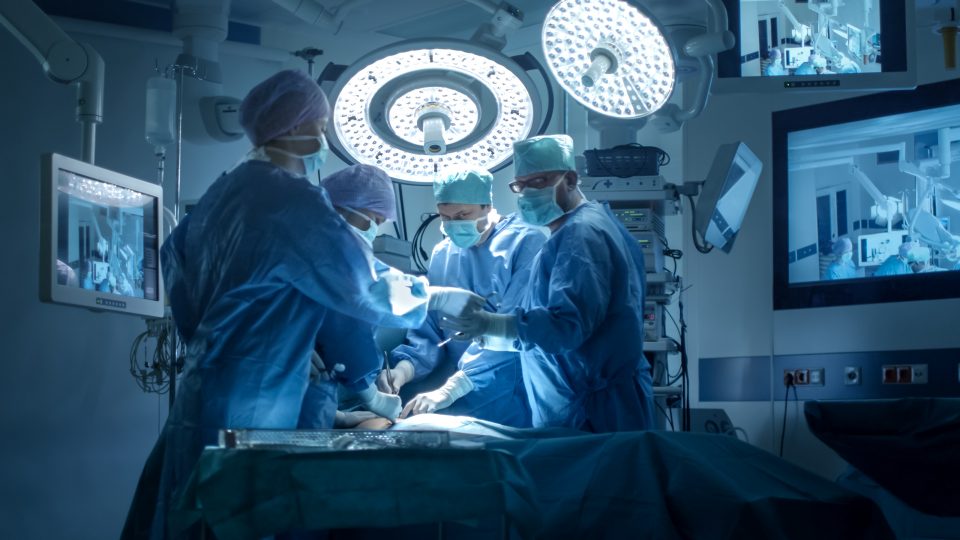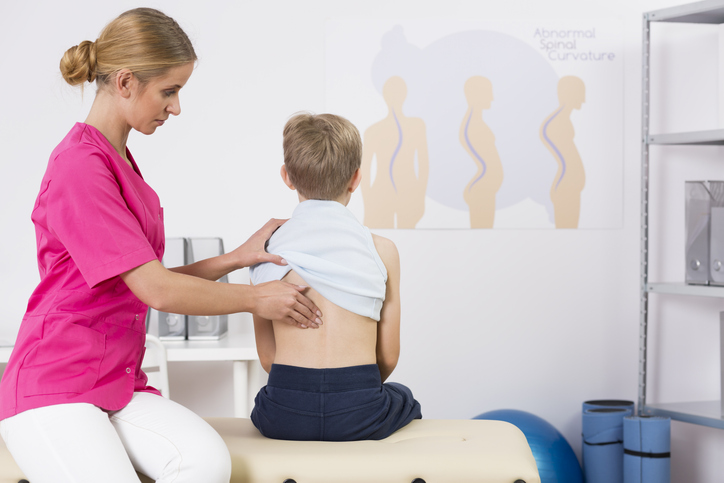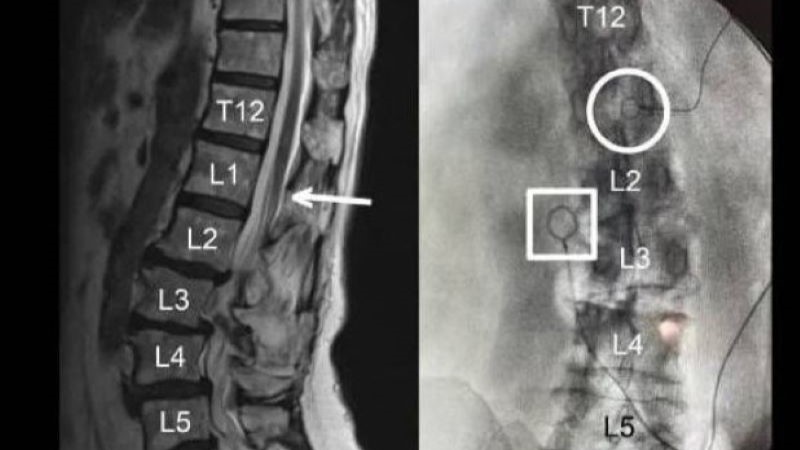
A systematic review assessed the literature to determine the reported learning curves for hip arthroscopy and assess how these learning curves affect outcomes, including complication rates, surgical and traction time, reoperation rates, and patient-reported outcome (PROs) improvements.
Two independent reviewers queried the PubMed/Medline, Embase, and Cochrane electronic databases from inception through January 2020 per the Preferred Reporting Items for Systematic Reviews and Meta-Analyses guidelines by pairing the search term “hip arthroscopy” with “learning curve,” “competence,” “experience,” “performance,” and “motor skills.” Data collection included study characteristic, patient demographics, PROs, and learning curve analyses.
A total of 15 studies reporting the effect of the learning curve on surgical progress or clinical outcomes measures were included. Surgical progress was measured by surgical, traction, and fluoroscopy time; clinical outcome measures included PROs, complication rates, and reoperation rates. According to three studies, the learning curve plateaued at 30 cases; however, other studies reported learning curve cutoffs from 20 to 519 cases. As surgeons became more experienced, decreases were observed in operative time (75-119 minutes vs. 45-99 minutes), traction time (55-127 minutes vs. 54-112 minutes), complication rates (0.5%-43.3% vs. 0.5%-18.0%), revision arthroscopy rates (3.3%-10% vs. 1.0%-4.2%), and total hip arthroplasty conversion rates (12.2-22.5% vs. 1.5- 3.7%). Throughout the surgeons’ experience, PROs were favorable.
“Progression along the learning curve of hip arthroscopy led to decrease in complication rates, surgical and traction time, and reoperation rates. PROs benefited from surgery throughout the learning curve,” the researchers concluded.







 © 2025 Mashup Media, LLC, a Formedics Property. All Rights Reserved.
© 2025 Mashup Media, LLC, a Formedics Property. All Rights Reserved.